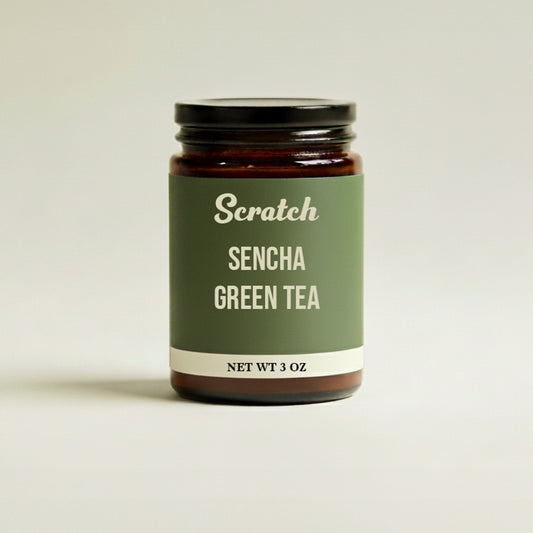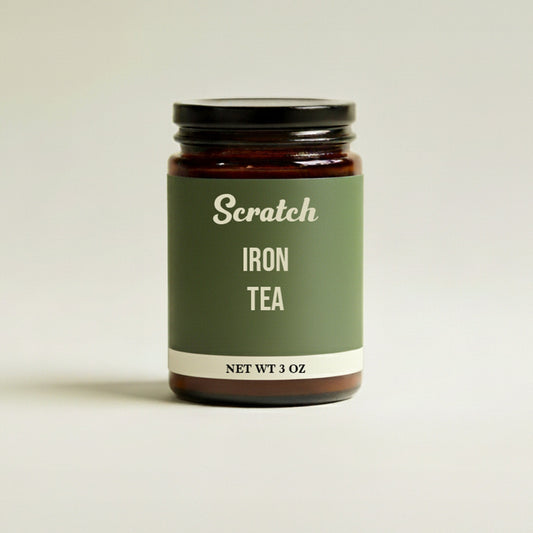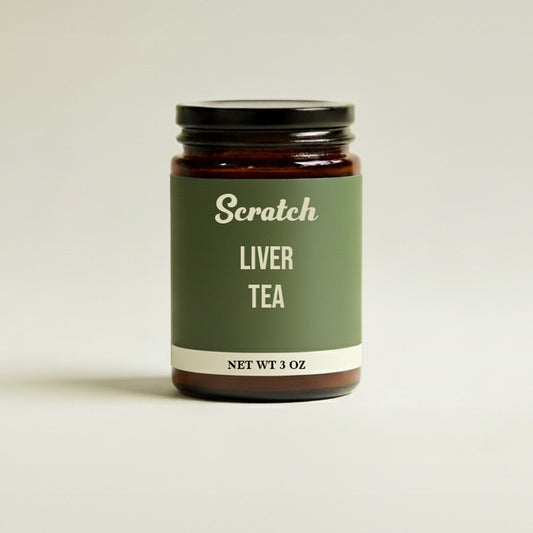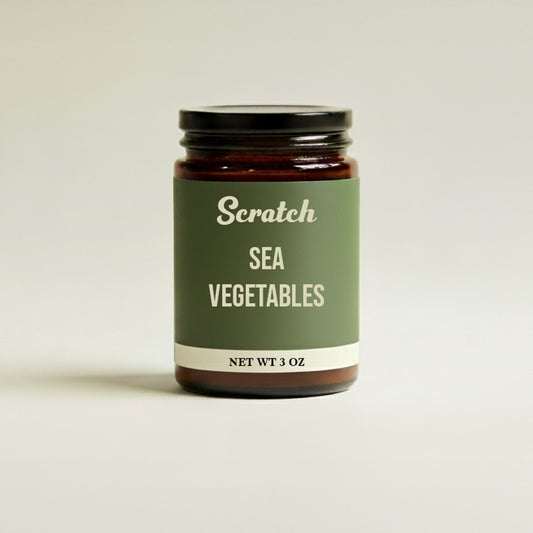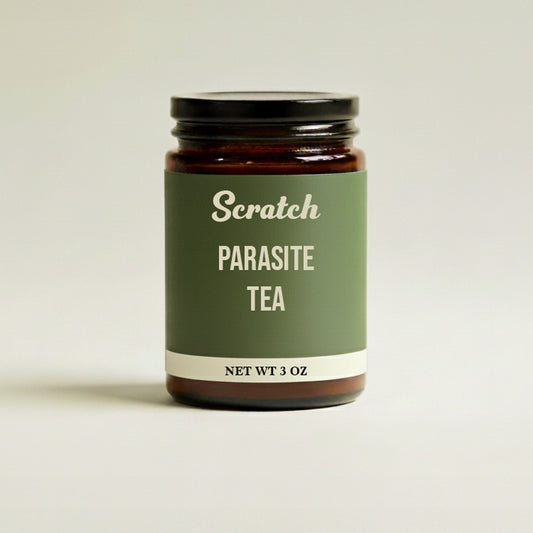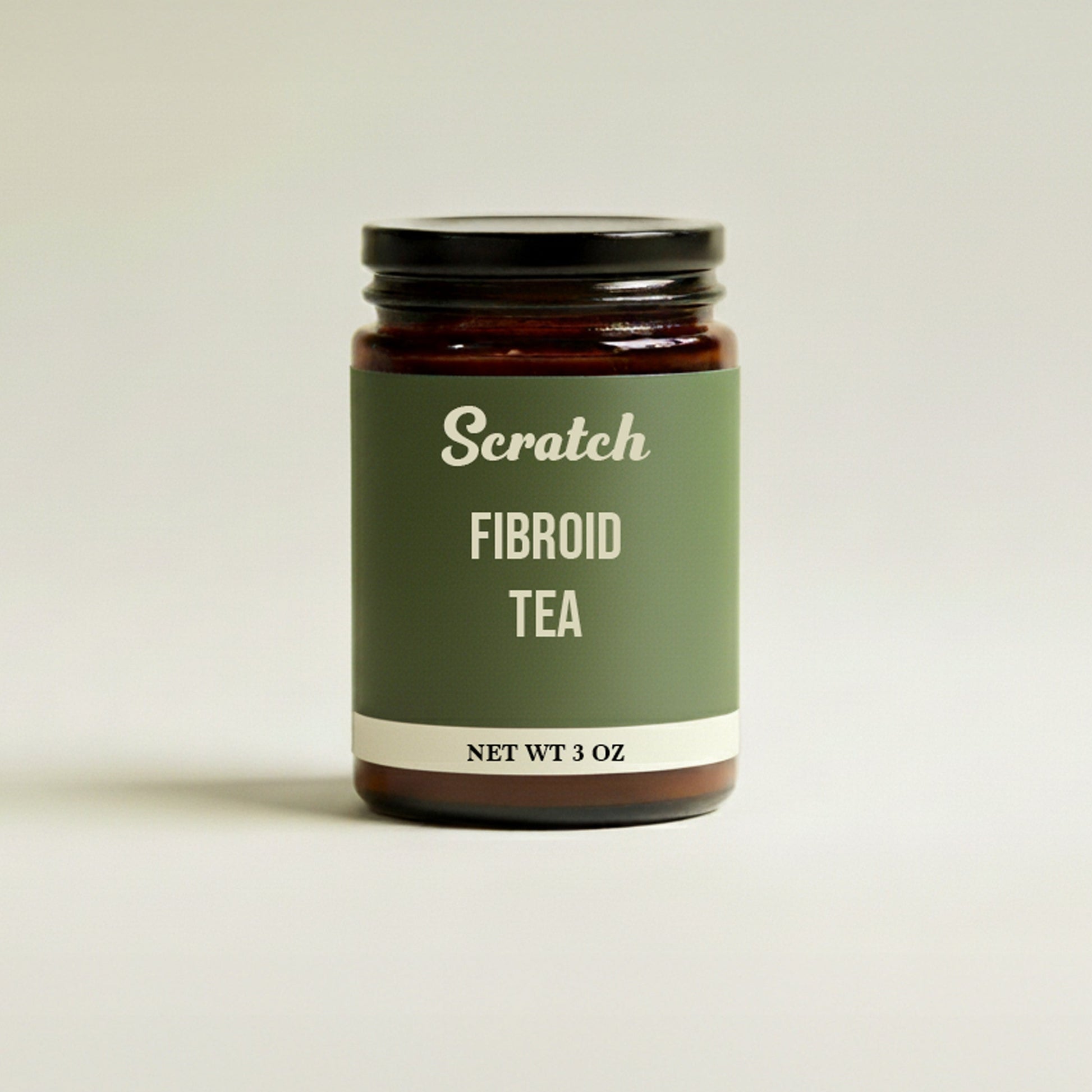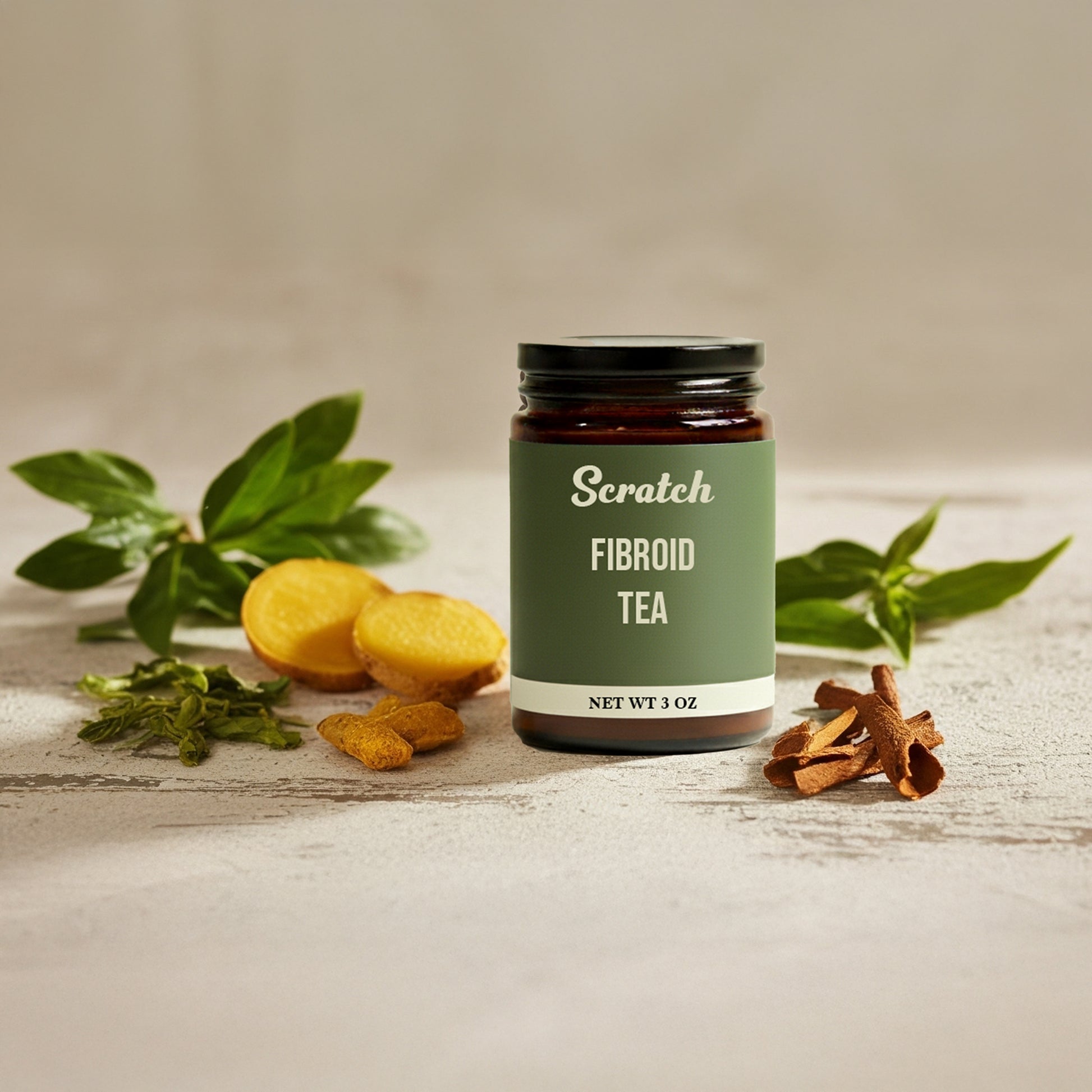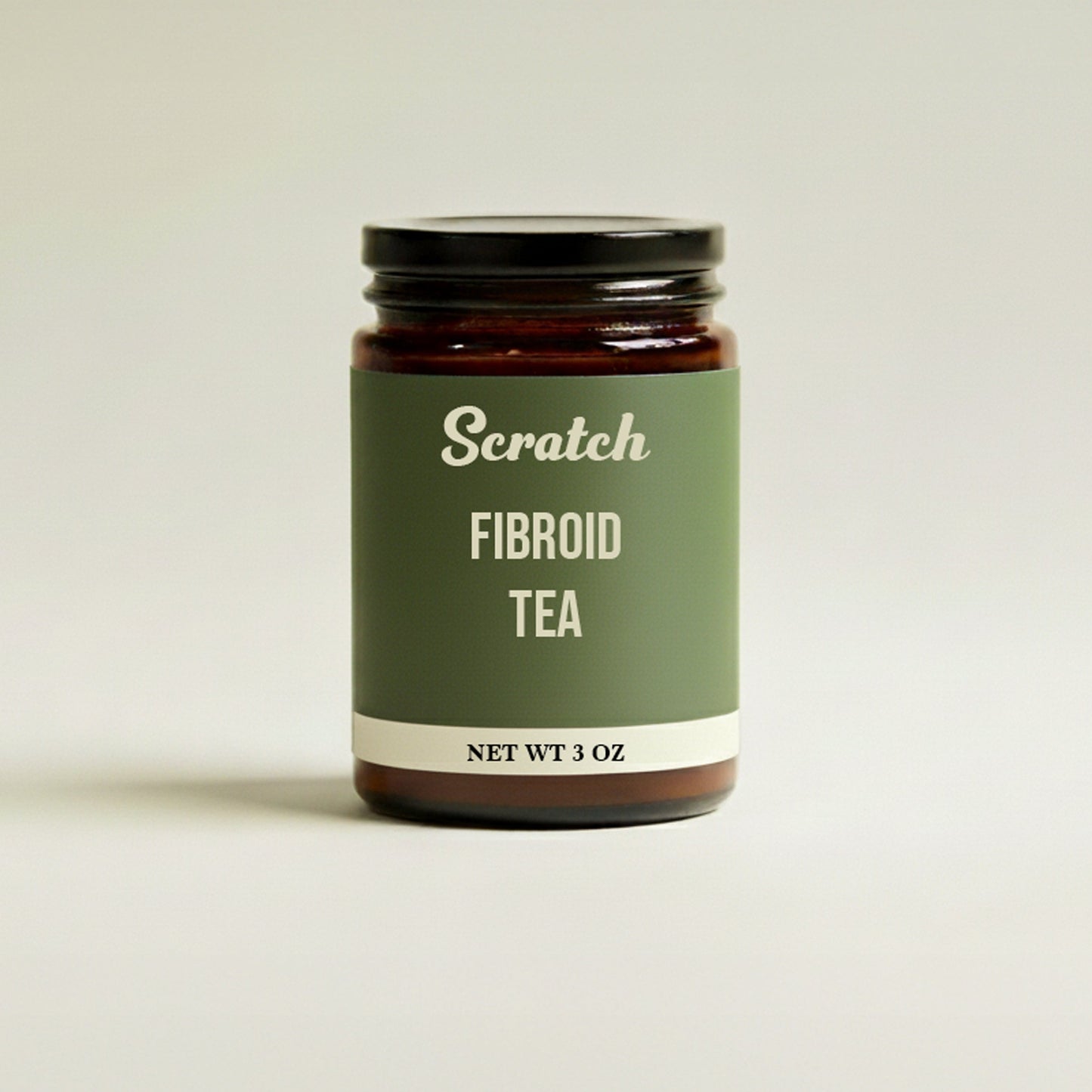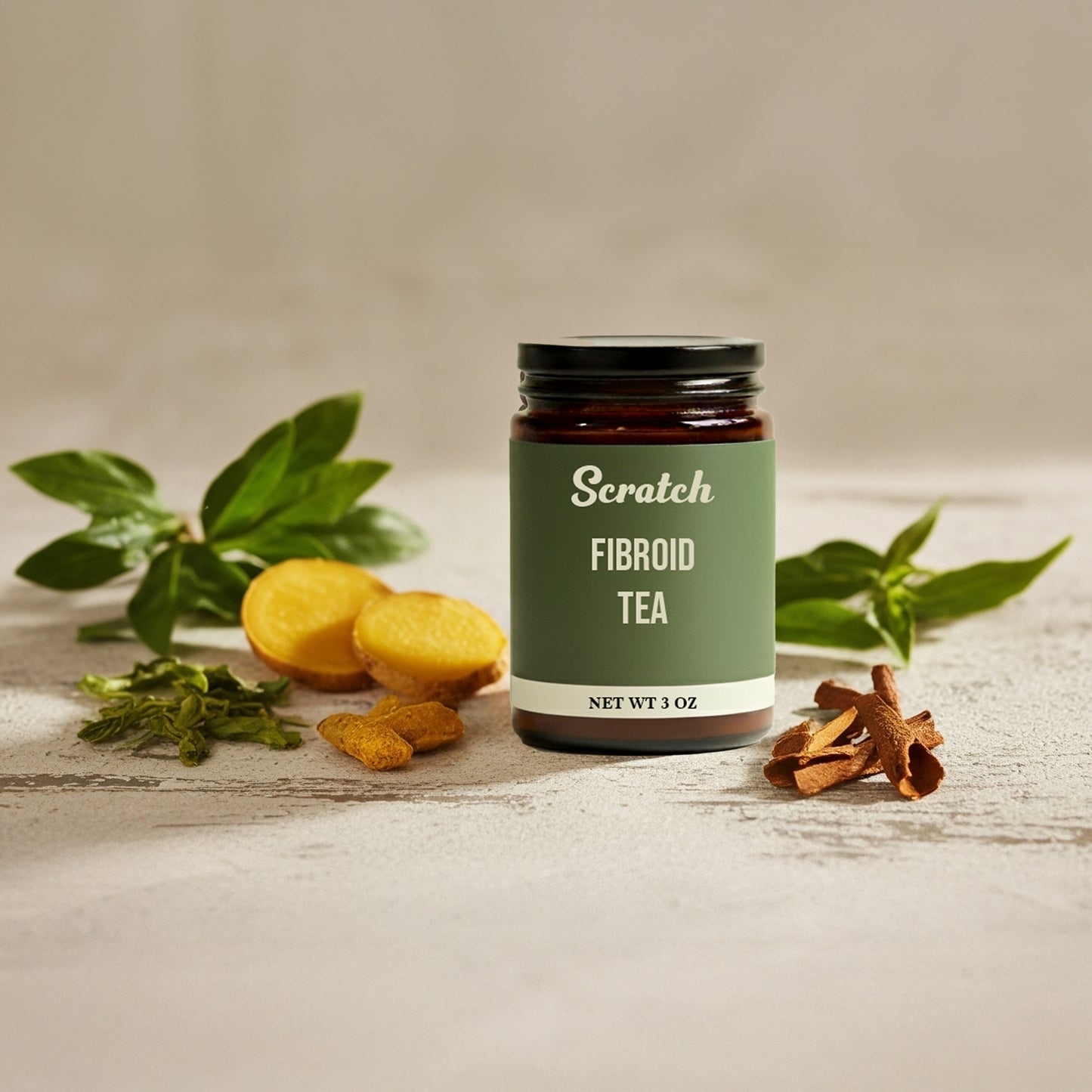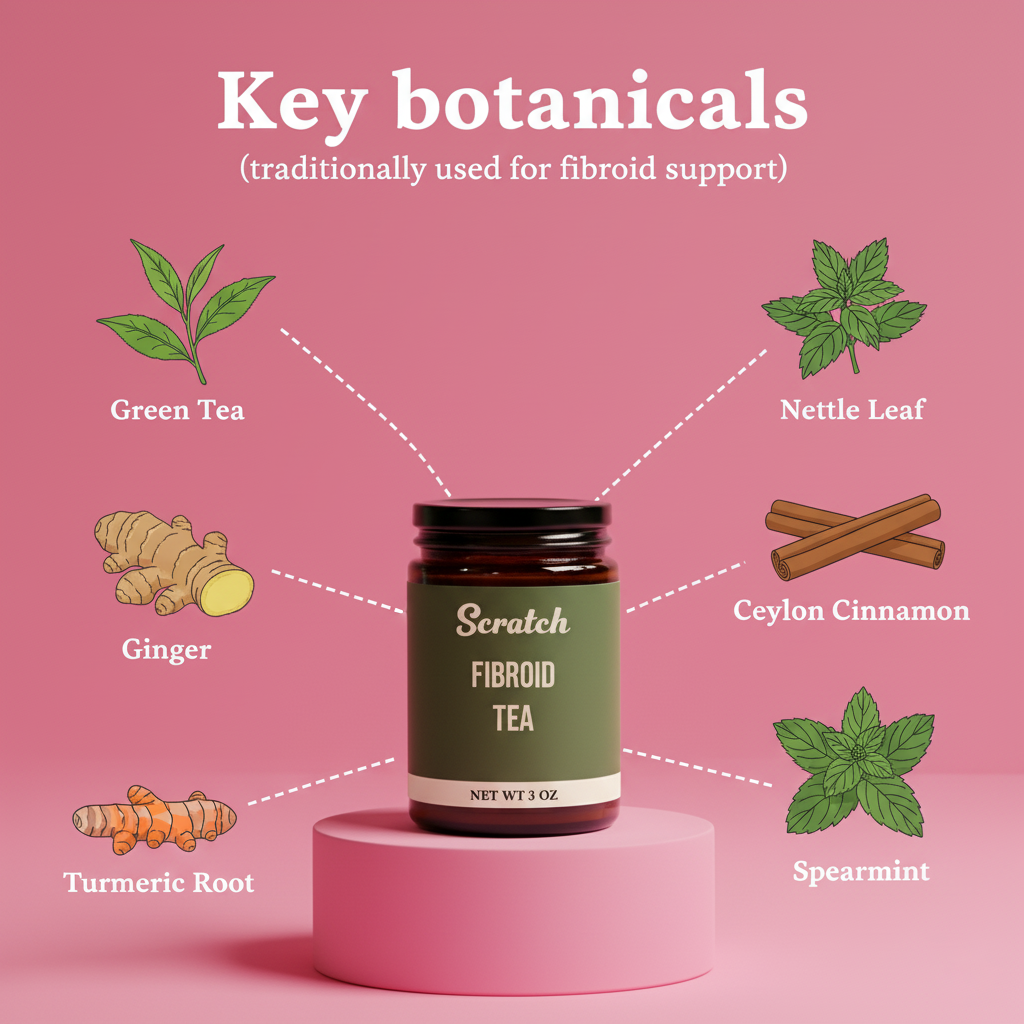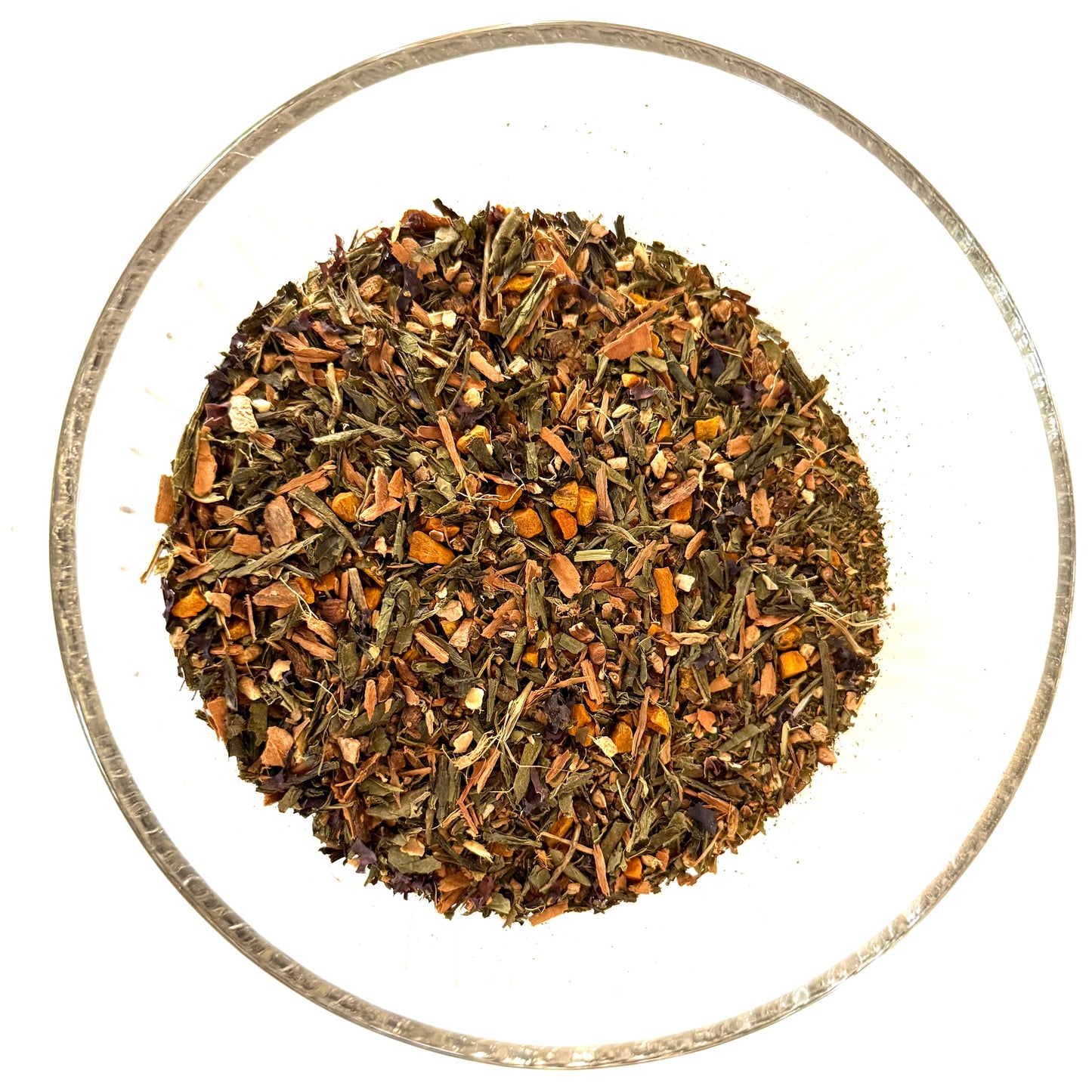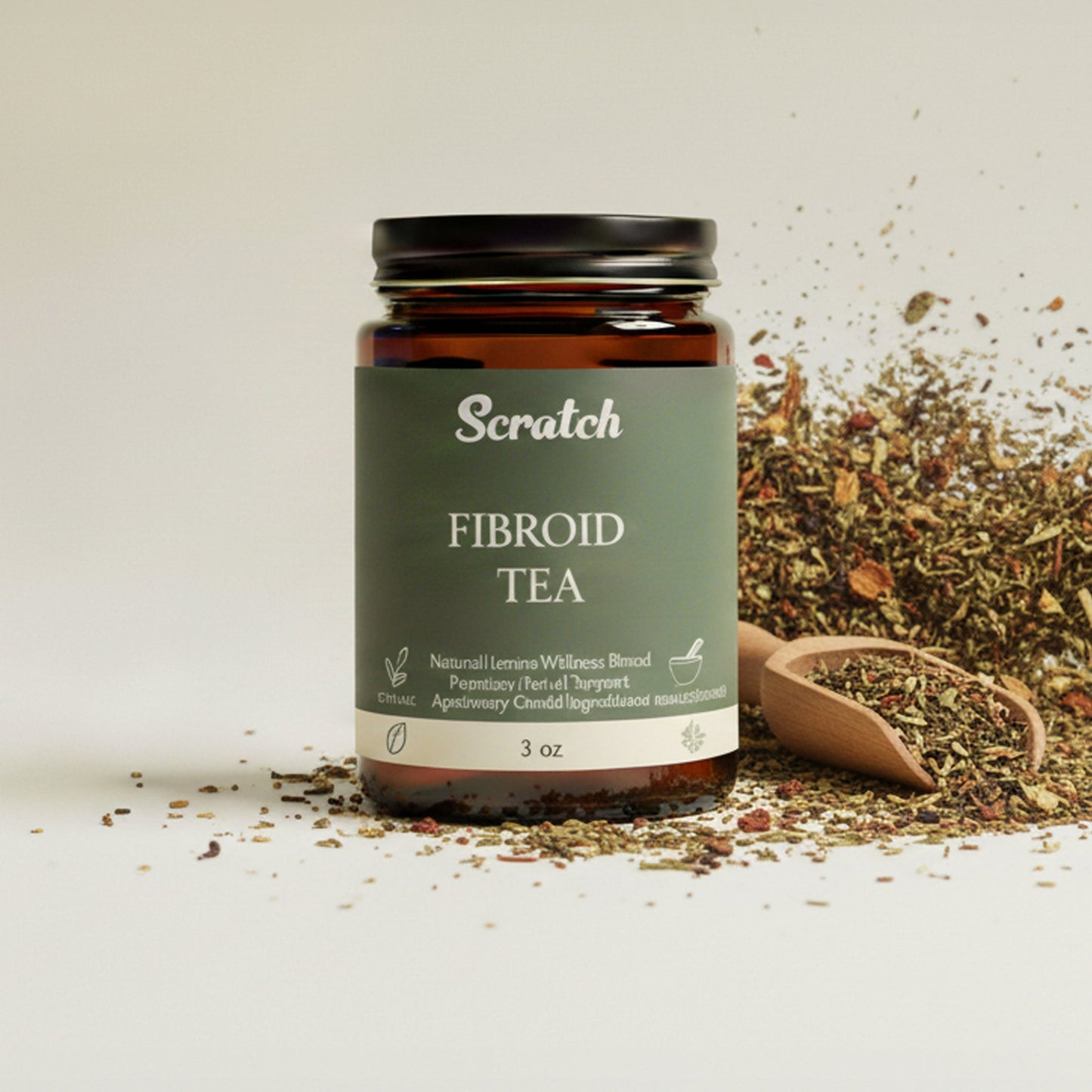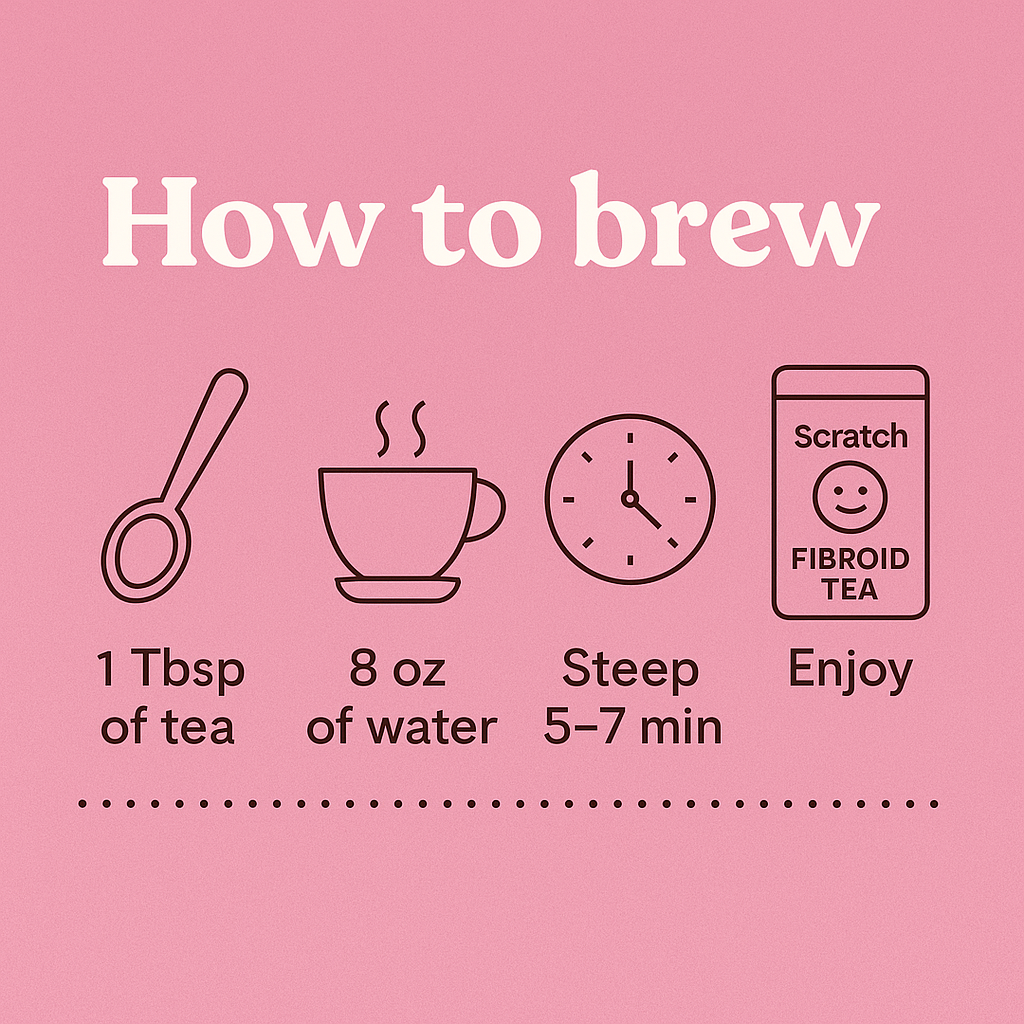Uterine fibroids—benign tumors that grow within or on the walls of the uterus—affect up to 70% of women by age 50. Though non-cancerous, they can cause significant discomfort, disrupt daily life, and, in some cases, impact fertility. In this comprehensive guide, we’ll explore what uterine fibroids are, what causes them, their key symptoms (including effects on your stomach), and when to seek medical attention. Throughout, you’ll find calls to action to [Download our Free Fibroid Guide] for an in-depth, plant-based protocol.
1. What Are Fibroids?

Fibroids, also called leiomyomas or myomas, are non-cancerous growths composed of muscle and fibrous tissue that develop in the uterus. They can vary in size—from microscopic to larger than a grapefruit—and in location:
- Intramural: within the uterine wall (most common)
- Subserosal: projecting to the outer uterine surface
- Submucosal: bulging into the uterine cavity
- Pedunculated: attached by a stalk inside or outside the uterus
Though their exact cause remains unclear, fibroids are hormonally responsive, growing in the presence of estrogen and progesterone. Risk factors include family history, African-American ethnicity, obesity, and early menarche .
What are fibroids?
Fibroids are benign uterine tumors—often asymptomatic but sometimes causing heavy bleeding, pain, or reproductive issues .
2. What Causes Uterine Fibroids?

2.1 Hormonal Drivers
Estrogen and progesterone stimulate uterine lining growth during each menstrual cycle; fibroids contain more estrogen and progesterone receptors than normal uterine muscle, causing them to enlarge during reproductive years and shrink after menopause .
2.2 Genetic & Molecular Factors
Up to 40% of fibroids harbor chromosomal abnormalities. Mutations in MED12 and HMGA2 genes have been implicated in fibroid development, altering cell proliferation and extracellular matrix formation .
2.3 Growth Factors & Inflammation
Fibroid tissues overexpress growth factors (e.g. TGF-β, VEGF) and inflammatory cytokines (IL-6, TNF-α), promoting angiogenesis and collagen deposition, which fuel fibroid growth .
3. Fibroid Symptoms: What They Do to Your Stomach & More

Fibroids can impact your abdominal region and overall well-being in several ways:
|
Symptom |
Effect on Stomach / Abdomen |
|---|---|
|
Heavy menstrual bleeding |
Prolonged, excessive flow—may lead to anemia & fatigue |
|
Pelvic pain & cramping |
Dull ache or sharp pain—often mistaken for gastrointestinal issues |
|
Bloating & abdominal distension |
Fibroid mass can press on bowel, causing fullness and constipation |
|
Frequent urination |
Compression of bladder by subserosal fibroids |
|
Low back or leg pain |
Pressure on nerves from large fibroids |
What do fibroids do to your stomach?
Fibroids can cause significant bloating and abdominal distension, mimicking digestive disorders like IBS. They may also press on the colon, leading to constipation and discomfort .
4. When Should You Worry About Fibroids?
 Most fibroids are harmless and asymptomatic. However, seek medical evaluation if you experience:
Most fibroids are harmless and asymptomatic. However, seek medical evaluation if you experience:
- Heavy or prolonged bleeding (soaking >1 pad/hour for several hours)
- Severe pelvic pain unrelieved by OTC painkillers
- Anemia symptoms: dizziness, shortness of breath, chronic fatigue
- Rapid fibroid growth or sudden abdominal enlargement
- Reproductive issues: difficulty conceiving or recurrent miscarriage
When should you worry about fibroids?
If your fibroid symptoms disrupt daily life—heavy bleeding, severe pain, or fertility concerns—consult a gynecologist for imaging (ultrasound/MRI) and tailored treatment plans .
5. Conventional vs. Natural Management Options
Conventional Therapies
- Medication: GnRH analogs, progestins, NSAIDs (symptom relief)
- Minimally Invasive: Uterine artery embolization, MRI-guided focused ultrasound
- Surgical: Myomectomy (fibroid removal), hysterectomy (uterus removal)
Natural & Integrative Approaches
For women seeking plant-based, non-surgical support—consider:
- Herbal Formulas (e.g. Fibroid Relief & Balance Formula) to modulate hormones and promote fibroid apoptosis
- Liver Detoxification (e.g. Liver Detox Tea) to enhance estrogen clearance
- Diet & Lifestyle: Alkaline-focused, anti-inflammatory diet; stress management; targeted supplements
Ready to explore a holistic protocol?
👉 [Download our Free Fibroid Guide] for an in-depth, research-backed roadmap to plant-based fibroid wellness.
6. How to Talk to Your Doctor

When you see your healthcare provider:
- Describe symptoms clearly: frequency, duration, impact on life
- Request imaging: transvaginal ultrasound or MRI for accurate fibroid mapping
- Discuss fertility goals: impacts treatment choice
- Ask about complementary approaches: many physicians support integrative therapies alongside standard care
7. Next Steps & Resources

- Download our Free Fibroid Guide to dive deeper into natural fibroid management, meal plans, lab tracking, and herbal protocols.
- Read our follow-up article: [“How Diet & Lifestyle Can Shrink Fibroids Naturally”].
- Explore our product line, including the Fibroid Relief & Balance Formula and Liver Detox Tea, to start your 90-day reset.
References
- NIH: Uterine Fibroids Fact Sheet.
- CDC: Fibroids—Data & Statistics.
- National Library of Medicine: MED12 Mutations in Fibroids.
- PubMed: Growth Factors in Fibroid Pathogenesis.
- Clinical Trial: EGCG & Fibroid Size Reduction.
Don’t let fibroids control your life. Arm yourself with knowledge, natural solutions, and expert support—[Download our Free Fibroid Guide] now and take the first step toward lasting relief and vibrant health!



